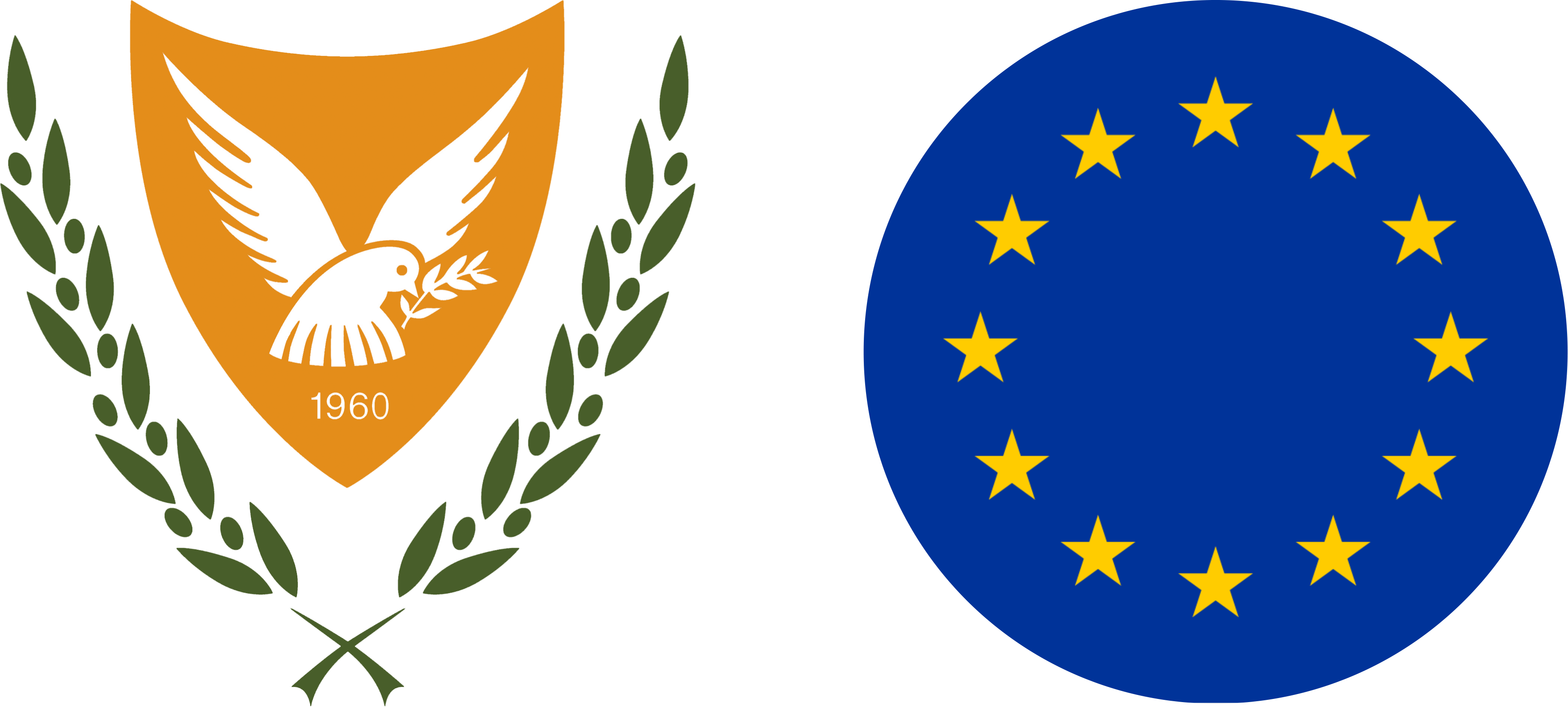‘They’re building a highway through Akamas while your yiayia waits for her bus in the rain!’
There’s just one functioning method of public transport on the island of Cyprus.
But those of us with vehicles of our own rarely use it. Why would we, when we can go anywhere we want at any time we want in our (nicely air-conditioned) cars? It certainly beats waiting in the searing sun for a bus that may never come.
Yet there’s a small but significant section of our population for whom public transport is crucial. People who not only use our buses but also depend on them.
Let’s think about this. Those most likely to use public transport are either elderly or lack the means to buy and run a car – often our foreign workers. The odd tourist might hop a bus. Teens whose parents can’t run them everywhere may experiment with public transport, and use them for school. But mainly it’s our old and immigrants who tend to rely on buses.
Given that Cyprus has one of the highest rates of elderly (nearly 20 per cent of the population is now over the age of 65), and that more than 100,000 residents are non-EU immigrants (notably from Sri Lanka, Philippines, and Vietnam), that’s a lot of people potentially waiting in the blistering sun and pouring rain…
But, says social designer George Kyrou, bus shelters are far from ubiquitous. In fact, in some areas, they’re non-existent!
“Cyprus bus stops rarely have adequate cover. Often, they’re simply a signpost, lacking even a timetable – let alone a shelter. Somehow, the powers that be can find money for endless infrastructure projects so they can sell more cars and petrol, get more tourists! But they’re building a highway through Akamas while your yiayia waits for her bus in the rain!”
30-year-old George is an advocate of sustainability and community empowerment. The founder of Motivw, a sustainable fashion initiative, his work focuses on reducing waste and inspiring conscious consumerism.
But this latest project addresses something a little more urgent: Cyprus’ urban infrastructure. Beginning, George reveals, in Kaimakli…
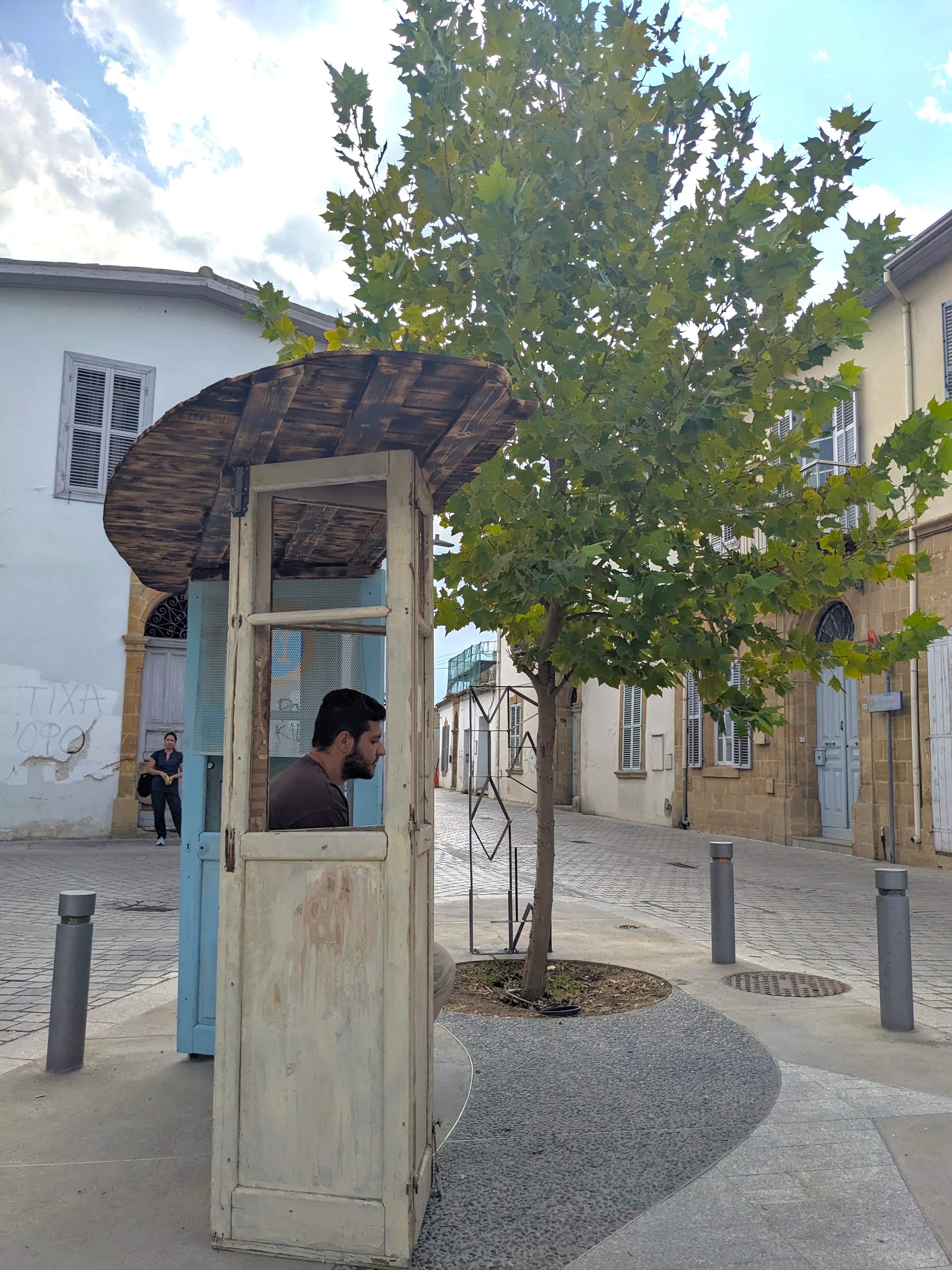
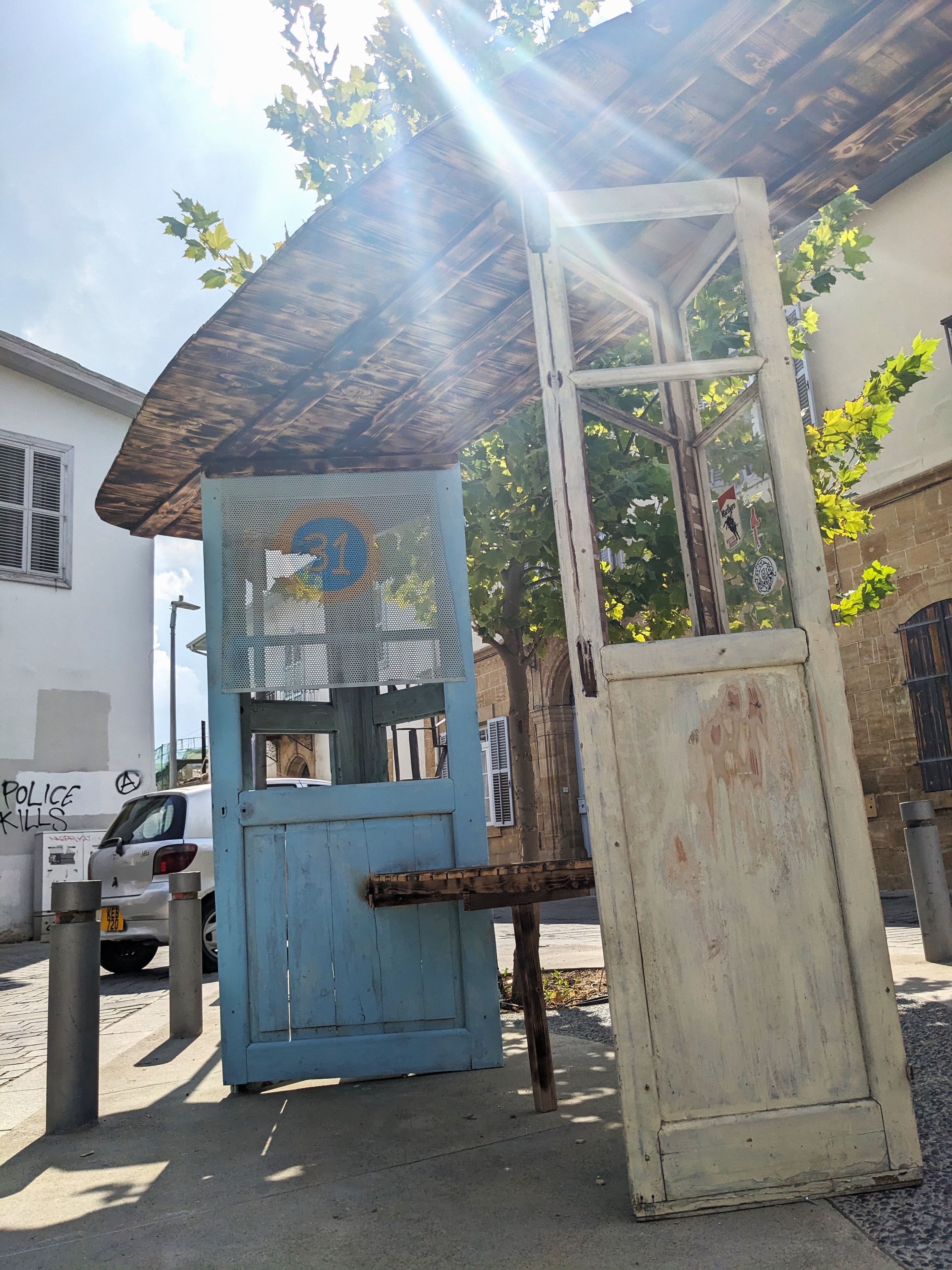
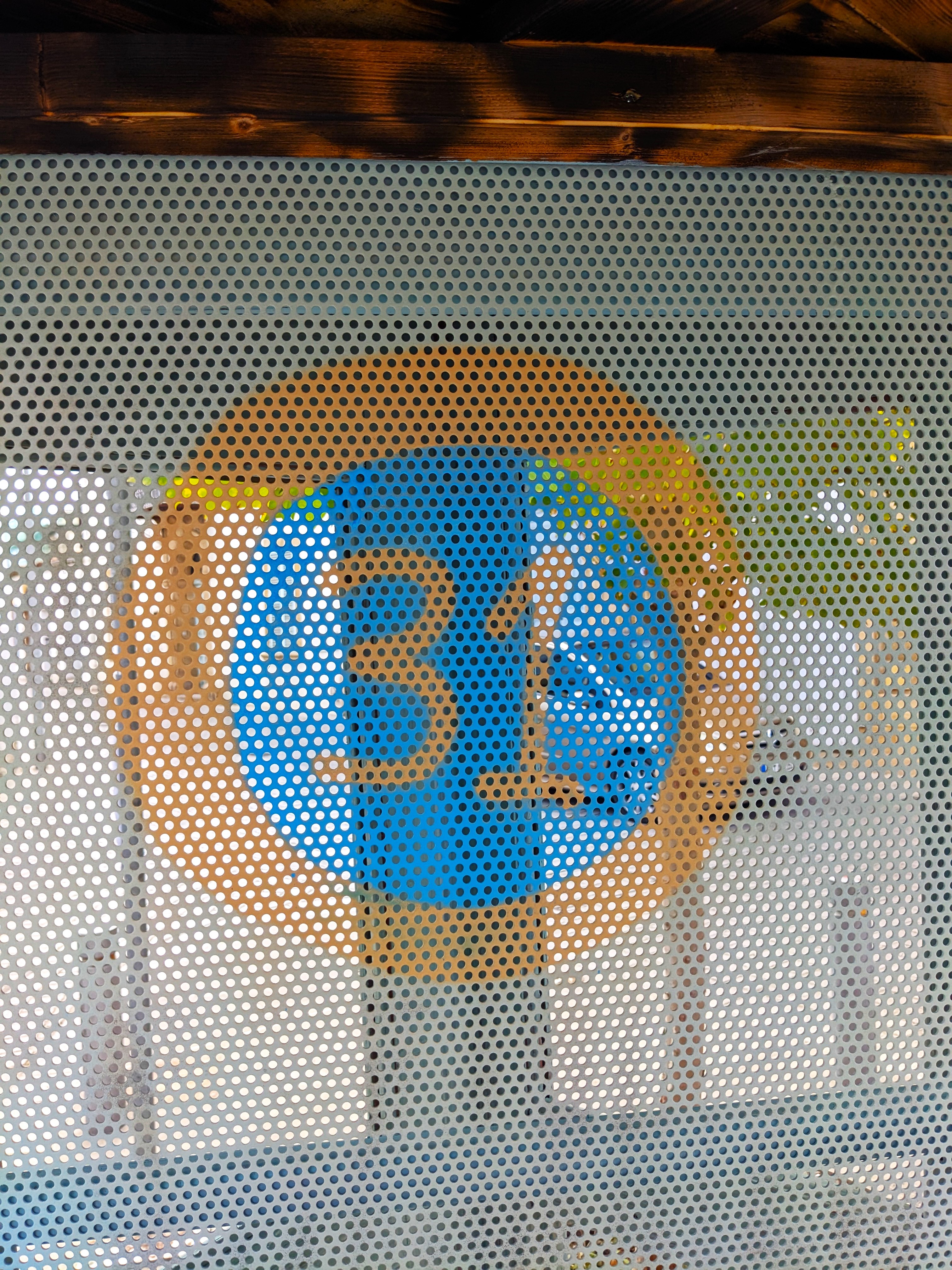
According to the latest census data, Kaimakli is one of the most densely populated areas on the island. Roughly 15,000 people live in this storied area of Nicosia, right up against the Green Line. And many of those depend solely on public transport for groceries, work and medical appointments.
“While the young and affluent have moved out to Strovolos or Latsia or Lakatamia, in Kaimakli time has stood still,” says George. “Yes, the area attracts a few creatives. But the majority of the population are either elderly and rooted in their family homes, or immigrant workers drawn by more affordable housing.
“These are the people who frequently use the buses: public transport is how they get to work, shop for groceries, attend their medical appointments. But to do so, they often have to wait in heat and cold and rain, because few of the area’s bus stops have any form of shelter.”
As a social entrepreneur, George is known for taking community matters into his own hands.
“In this case, bureaucracy has failed the public. And, since I’d rather ask for forgiveness than permission, we just went ahead and built a bus shelter ourselves!”
There’s a bit more to it than that, and George hopes this shelter will be the first of many community-led projects. But you have to start somewhere, he adds. And this was a place that clearly needed help…
“It’s a very busy route,” says George. “The number 31 bus goes right through here, taking people from old Kaimakli into town. And yet here, on the corner of Larissis, there was no sign, no timetable and no shelter. Travellers would often protect themselves from the elements by waiting on someone’s patio! A shelter was needed!”
Using six reclaimed doors, pallets of wood donated by the Regis ice cream factory, a few nails, and some sandpaper, George and James Kennelly (a local architect and woodworker), built the shelter over the course of three days in September. They also added a signpost and sign – though this is an official bus stop, nothing marked it as such.
“The shelter has already inspired the neighbourhood,” smiles George, who hopes other members of the community will follow suit across the island.
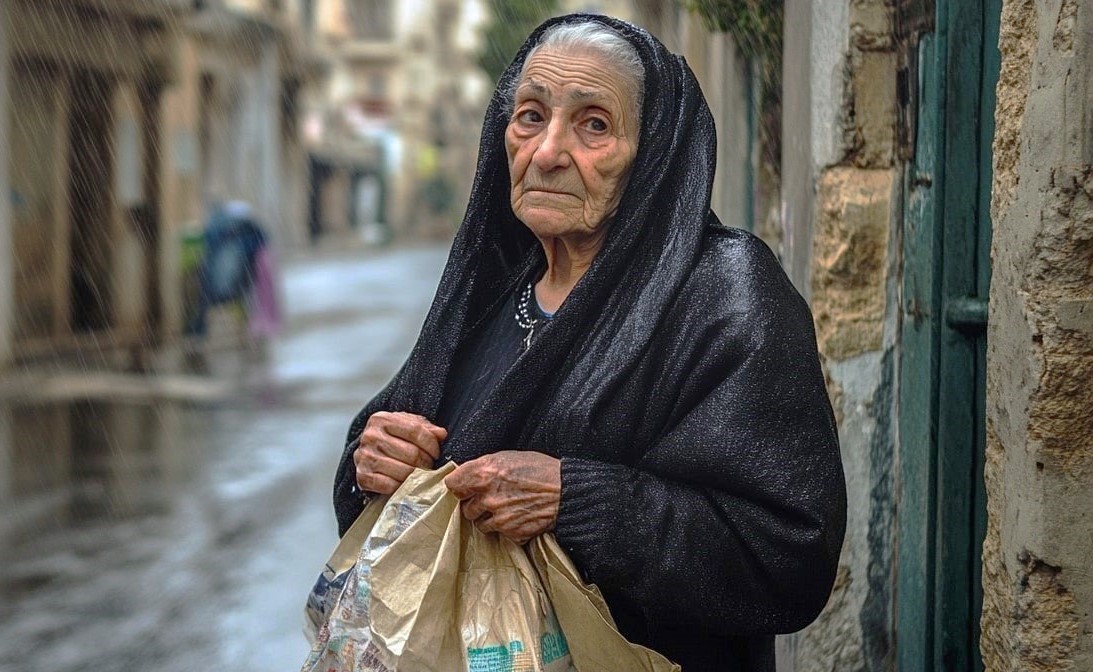
“One elderly lady told us she’s never been able to drive but uses public transport all the time. She loves the shelter: now she has shade while waiting for her bus!”
Others have been inspired by the shelter’s unique character. “We’ve been told it looks like a tiny little café – both functional and charming; exactly the sort of thing you’d expect to find in Kaimakli.”
“We’ve even got the thumbs up from a bus driver!” George adds. “He stopped the number 31, got out and commended us for building it. He drives this route several times a day, and says the shelter is constantly in use. And that’s exactly what we hoped for.”
George’s bus shelter initiative falls under the auspices of Urban Gorillas, a non-governmental organisation whose mission is to reclaim and transform neglected public spaces into vibrant, inclusive areas that serve the community…
“All too often, public spaces are designed without considering the people who actually use them,” explains George. “It feels like our bureaucrats have forgotten that public spaces are a reflection of how we value the people who use them.
“Remember Eleftheria Square before its ‘upgrade’? As kids, we’d hang out under the trees, part of the city, surrounded by people from all walks of life. But after the redesign, the square became hard and cold: the trees were felled; concrete benches added; security guards employed. There’s nothing ‘freeing’ for the people in Eleftheria now.”
Is exactly the same, he concludes, as our bus stops.
“A bus shelter isn’t about the sun or rain. It’s about the residents; the people who need to use it every day. And, as a community, we care about those people. Even when our government forgets them.”
For more information, visit the Facebook page ‘Urban Gorillas’
